Martin Antonenko
A Fixture
- Joined
- Jul 11, 2008
- Messages
- 8,995
The Secret of the Cruiser "Magdeburg" ...
On August 25, 1914, the German small cruiser SMS "Magdeburg", one of the most modern ships of the Imperial Navy, entered the Gulf of Finland for an operation against Imperial Russia.
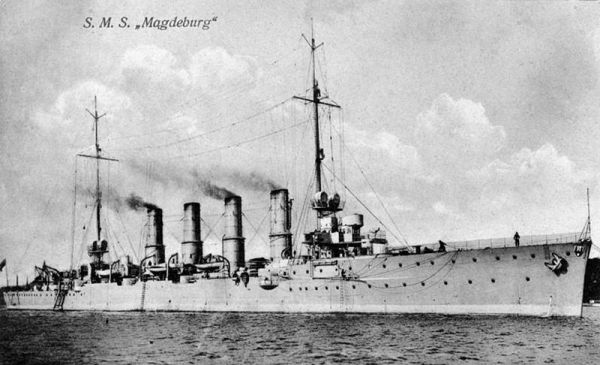
"Magdeburg" is accompanied by the small cruiser SMS "Amazone" ...

... and two torpedo boats..:

Due to incorrect navigation, the "Magdeburg" ran aground on August 26, 1914 in the thick fog near the island of Odensholm, off the Estonian north coast ....:
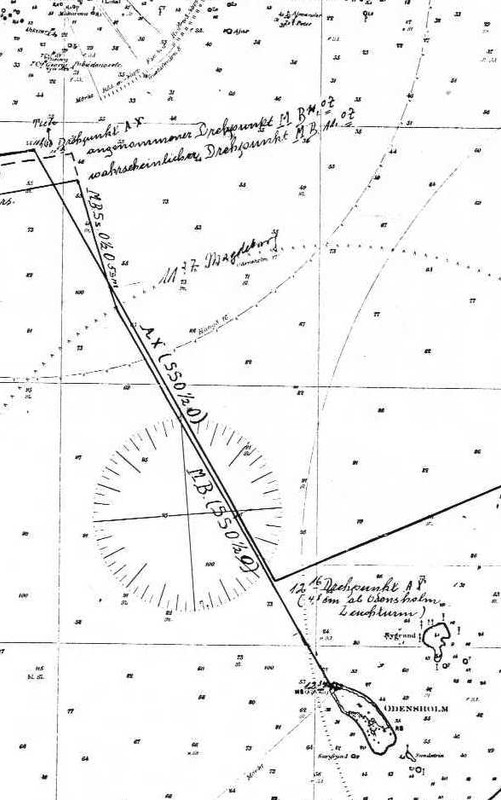
All attempts to get the ship afloat again fail.
When the Russian cruiser "Bogatyr" ...

...and „Pallada“...
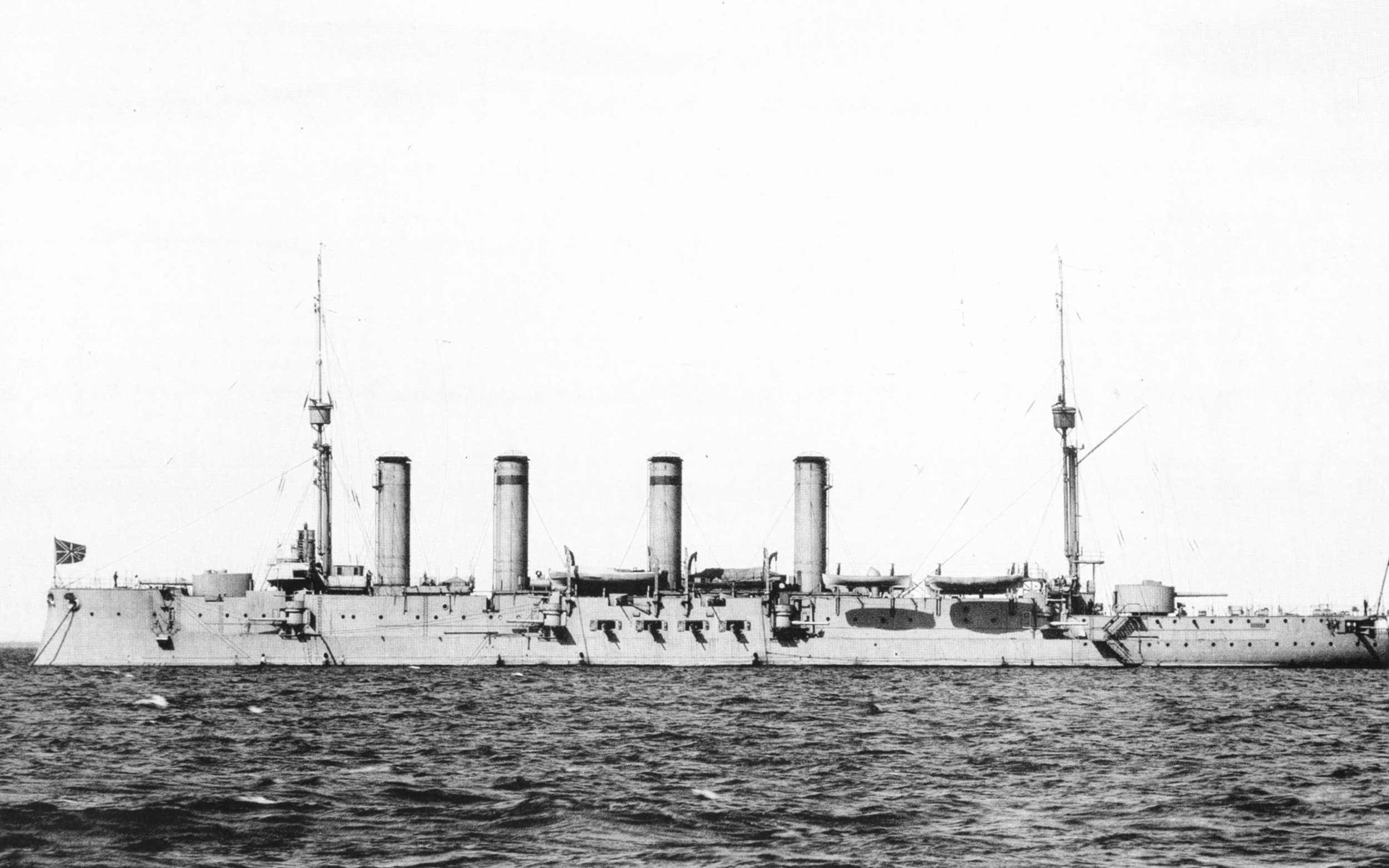
... approaching and open fire to "Magdeburg"...

... the crew blows up their own ship. 15 sailors are killed by the Russian shelling and demolition...:

The torpedo boat "V 26" ...
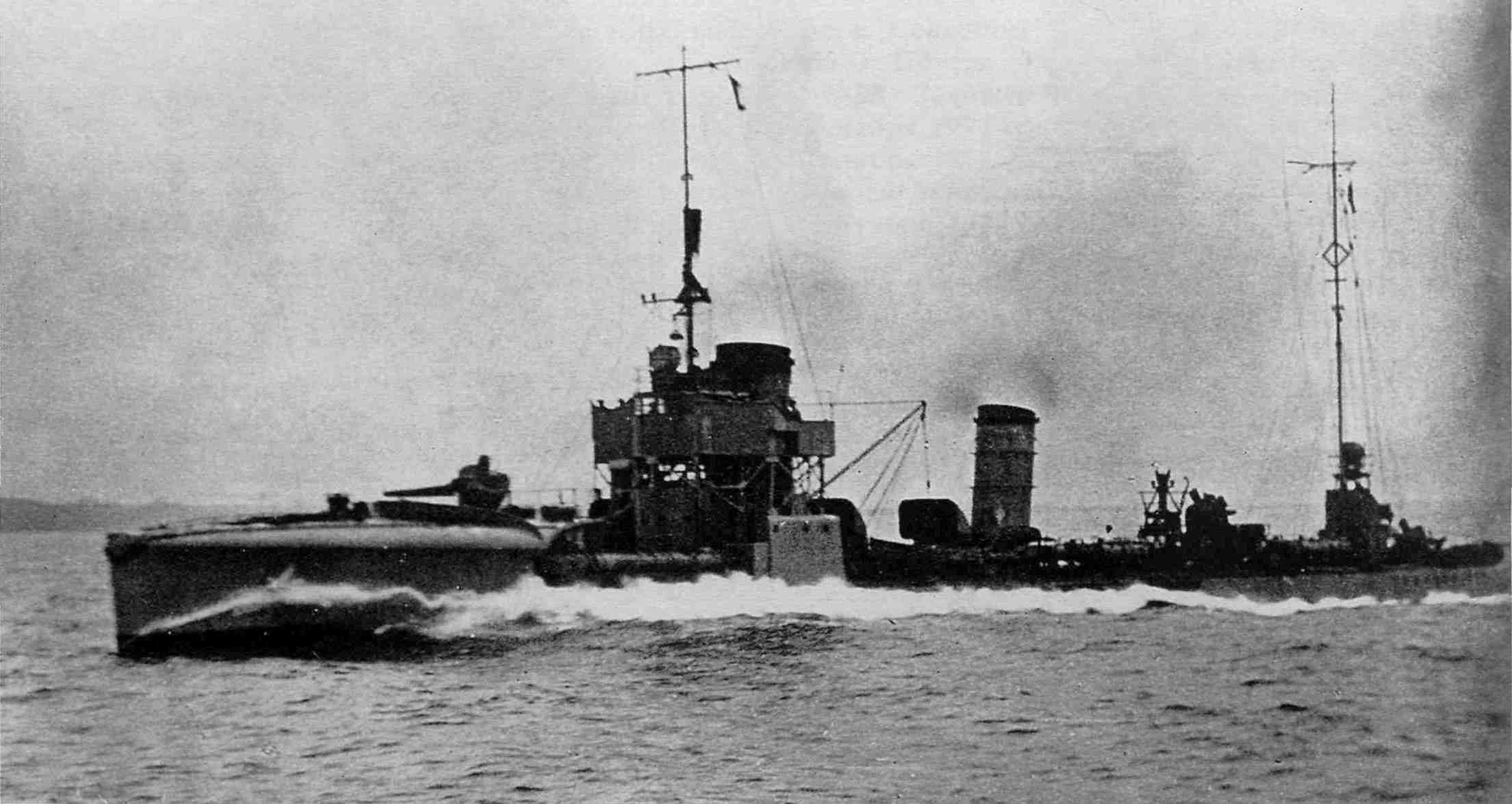
... and "Amazone" take over the survivors and escape.
The commander of "Magdeburg", Korvettenkapitän Richard Habenicht, and his adjutant remain on the ship and are taken prisoner by the Russians.
The next picture was taken by "Bogatyr" and shows the destroyed "Magdeburg" - under the stern of Magdeburg "a boat with a Russian boarding party that is about to go on board ...:
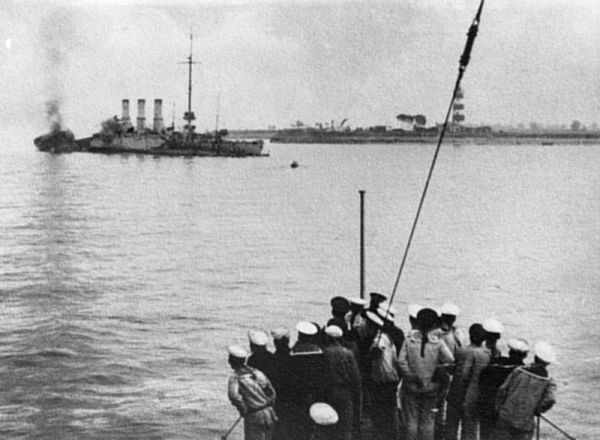
The Russians can salvage the twelve 10.5 cm guns from "Magdeburg", with which they then equip four of their ships:
The gunboat "Chrabry" ...
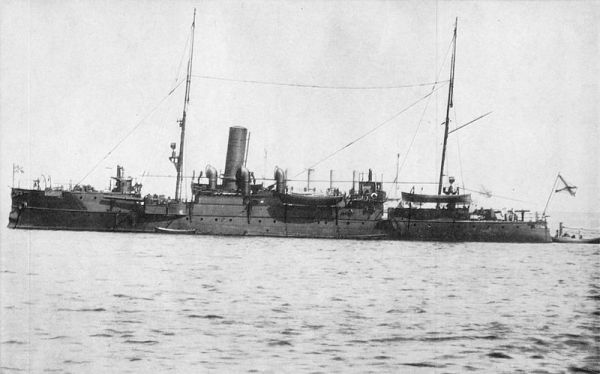
... receives eight of the captured artillery pieces, the guard ship "Yastreb" receives two, and the two guard ships "Kopchik" and "Korshun" each receive one.
The wreck of "Magdeburg" is later completely destroyed by the Russians.
Much more important, however:
The Russians also find a signal book in the shallow water, which, when the Russian ships suddenly emerged from the morning mist, was weighed down with lead and thrown overboard, but the shallow water was disregarded.

The Russians immediately passed a copy of this signal book on to their British allies.
The Germans have no clue of this, believe the "Madgeburg" signal book is sure destroyed and continue to use the codes recorded in it without any worries!
With the help of the signal book, the newly founded British naval intelligence service "Room 40" succeeded in decoding all German naval radio messages.
This decryption is, among other things, the cause of the German defeat in the sea battle on the Dogger Bank on January 24, 1915, in which the German battle cruiser "Blücher" is sunk ..:



792 German seafarers perish, only 260 can be rescued by the British and are taken prisoners of war ...:

The British knew the location of the German fleet - they were able to provide the Germans with a superior force!
The Germans can only fool "Room 40" once! Before the naval battle at Skagerak in 1916, the head of the German deep sea fleet, Admiral Scheer, had an inkling and exchanged his own radio call sign (“VK”) with that of the Wilhelmshaven station at the last minute before sailing.
Although "Room 40" notices the exchange, incomprehensibly, however, only literally answers the question of the Admiralty, where "VK" is currently with: "In the Jade.", Where Wilhelmshaven is located.
This is due to many small and large animosities that existed between the code crackers of "Room 40" and the Admiralty.
The deciphering experts (civilians and army soldiers)...

... had stopped to express any own opinion and limited themselves to answering questions put to them as precisely as possible!
In reality, Scheer and his ocean-going fleet are already on the march for the naval battle ...
If the Admiralty had correctly asked for the location of Scheer and / or his fleet, the Skagerak battle would have turned into a fiasco for the Germans ...
The "Magdeburg" signal book has other drastic effects:
The notorious "Zimmermann dispatch" of January 19, 1917 ...

... can also be deciphered by the British with the help of the code captured by the Russians!
With this dispatch, the German Empire Mexico proposed an offensive alliance against the USA (and promised the country Texas, Colorado and New Mexico in the case of a joint victory) if they should give up their neutrality.
The "Zimmermann Telegram", written by the State Secretary in the Foreign Office Arthur Zimmermann, made a significant contribution to the United States' entry into the war on April 6, 1917 on the side of the Allies.
On August 25, 1914, the German small cruiser SMS "Magdeburg", one of the most modern ships of the Imperial Navy, entered the Gulf of Finland for an operation against Imperial Russia.

"Magdeburg" is accompanied by the small cruiser SMS "Amazone" ...

... and two torpedo boats..:

Due to incorrect navigation, the "Magdeburg" ran aground on August 26, 1914 in the thick fog near the island of Odensholm, off the Estonian north coast ....:

All attempts to get the ship afloat again fail.
When the Russian cruiser "Bogatyr" ...

...and „Pallada“...

... approaching and open fire to "Magdeburg"...

... the crew blows up their own ship. 15 sailors are killed by the Russian shelling and demolition...:

The torpedo boat "V 26" ...

... and "Amazone" take over the survivors and escape.
The commander of "Magdeburg", Korvettenkapitän Richard Habenicht, and his adjutant remain on the ship and are taken prisoner by the Russians.
The next picture was taken by "Bogatyr" and shows the destroyed "Magdeburg" - under the stern of Magdeburg "a boat with a Russian boarding party that is about to go on board ...:

The Russians can salvage the twelve 10.5 cm guns from "Magdeburg", with which they then equip four of their ships:
The gunboat "Chrabry" ...

... receives eight of the captured artillery pieces, the guard ship "Yastreb" receives two, and the two guard ships "Kopchik" and "Korshun" each receive one.
The wreck of "Magdeburg" is later completely destroyed by the Russians.
Much more important, however:
The Russians also find a signal book in the shallow water, which, when the Russian ships suddenly emerged from the morning mist, was weighed down with lead and thrown overboard, but the shallow water was disregarded.

The Russians immediately passed a copy of this signal book on to their British allies.
The Germans have no clue of this, believe the "Madgeburg" signal book is sure destroyed and continue to use the codes recorded in it without any worries!
With the help of the signal book, the newly founded British naval intelligence service "Room 40" succeeded in decoding all German naval radio messages.
This decryption is, among other things, the cause of the German defeat in the sea battle on the Dogger Bank on January 24, 1915, in which the German battle cruiser "Blücher" is sunk ..:



792 German seafarers perish, only 260 can be rescued by the British and are taken prisoners of war ...:

The British knew the location of the German fleet - they were able to provide the Germans with a superior force!
The Germans can only fool "Room 40" once! Before the naval battle at Skagerak in 1916, the head of the German deep sea fleet, Admiral Scheer, had an inkling and exchanged his own radio call sign (“VK”) with that of the Wilhelmshaven station at the last minute before sailing.
Although "Room 40" notices the exchange, incomprehensibly, however, only literally answers the question of the Admiralty, where "VK" is currently with: "In the Jade.", Where Wilhelmshaven is located.
This is due to many small and large animosities that existed between the code crackers of "Room 40" and the Admiralty.
The deciphering experts (civilians and army soldiers)...

... had stopped to express any own opinion and limited themselves to answering questions put to them as precisely as possible!
In reality, Scheer and his ocean-going fleet are already on the march for the naval battle ...
If the Admiralty had correctly asked for the location of Scheer and / or his fleet, the Skagerak battle would have turned into a fiasco for the Germans ...
The "Magdeburg" signal book has other drastic effects:
The notorious "Zimmermann dispatch" of January 19, 1917 ...

... can also be deciphered by the British with the help of the code captured by the Russians!
With this dispatch, the German Empire Mexico proposed an offensive alliance against the USA (and promised the country Texas, Colorado and New Mexico in the case of a joint victory) if they should give up their neutrality.
The "Zimmermann Telegram", written by the State Secretary in the Foreign Office Arthur Zimmermann, made a significant contribution to the United States' entry into the war on April 6, 1917 on the side of the Allies.
